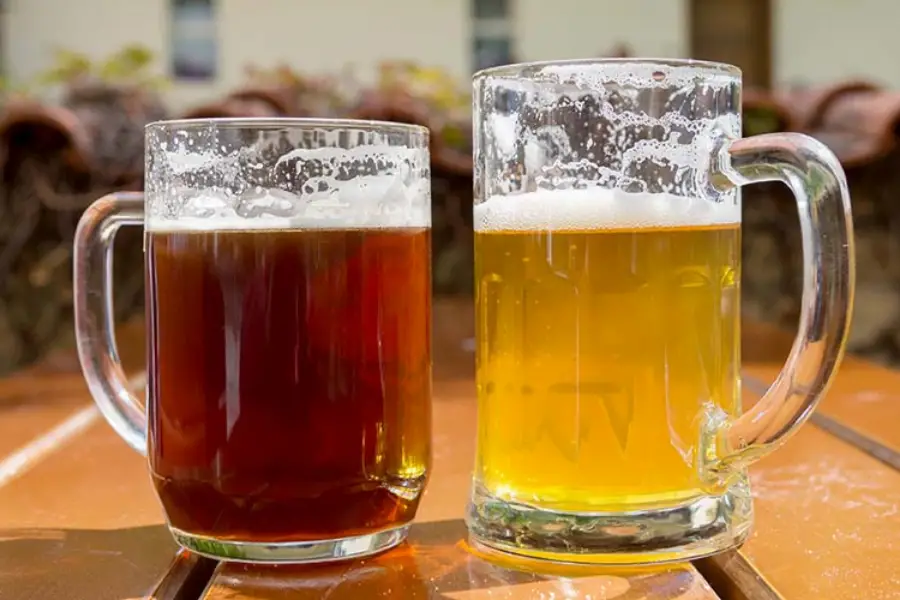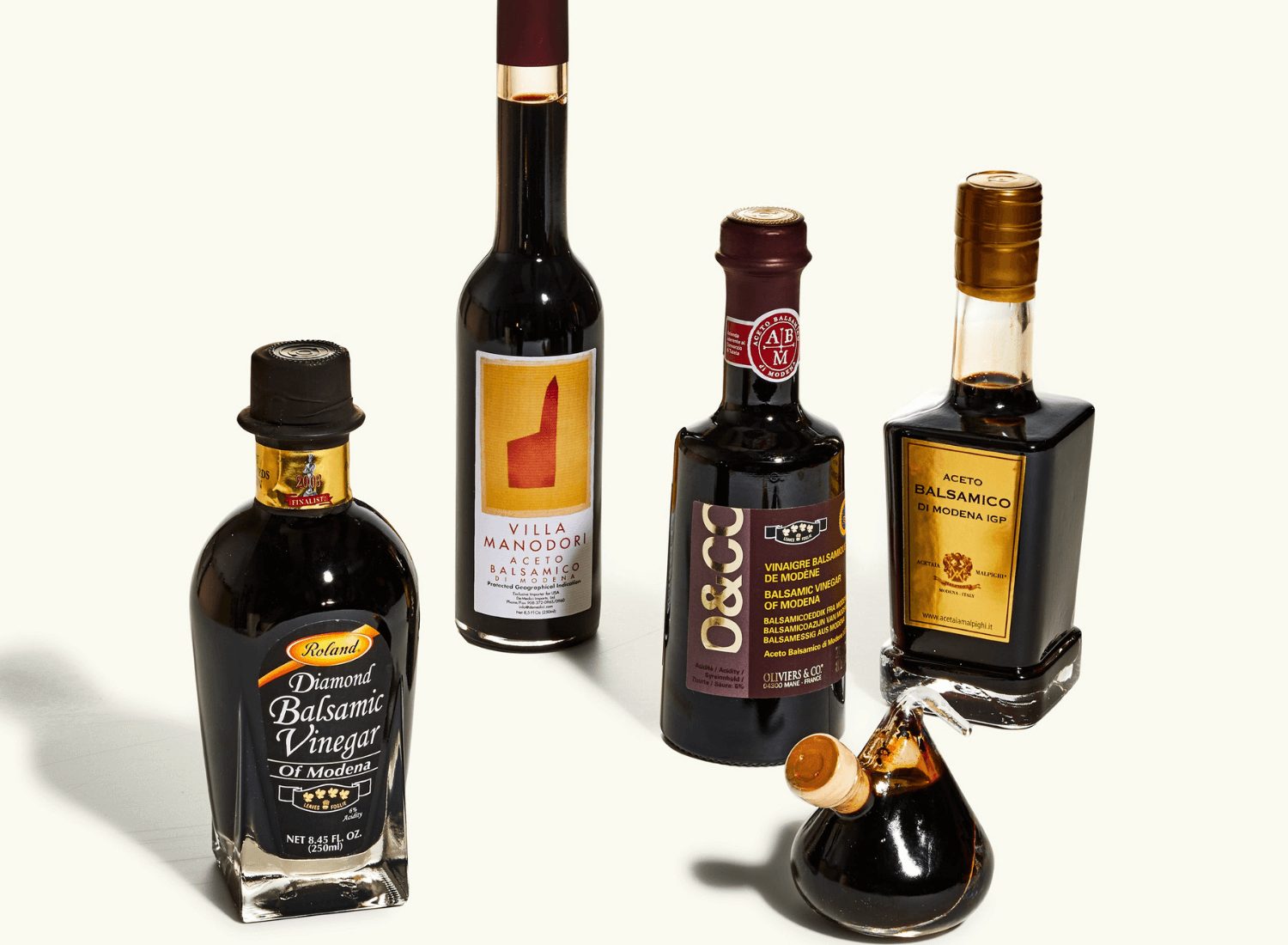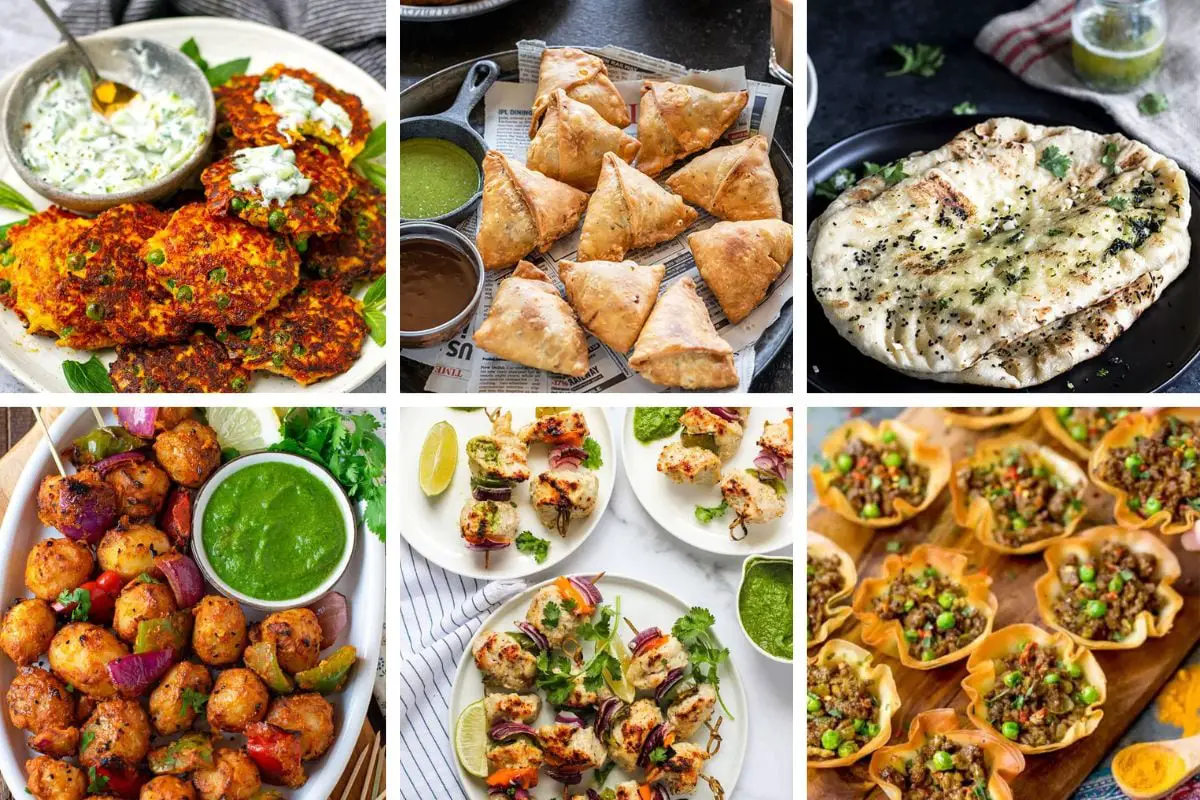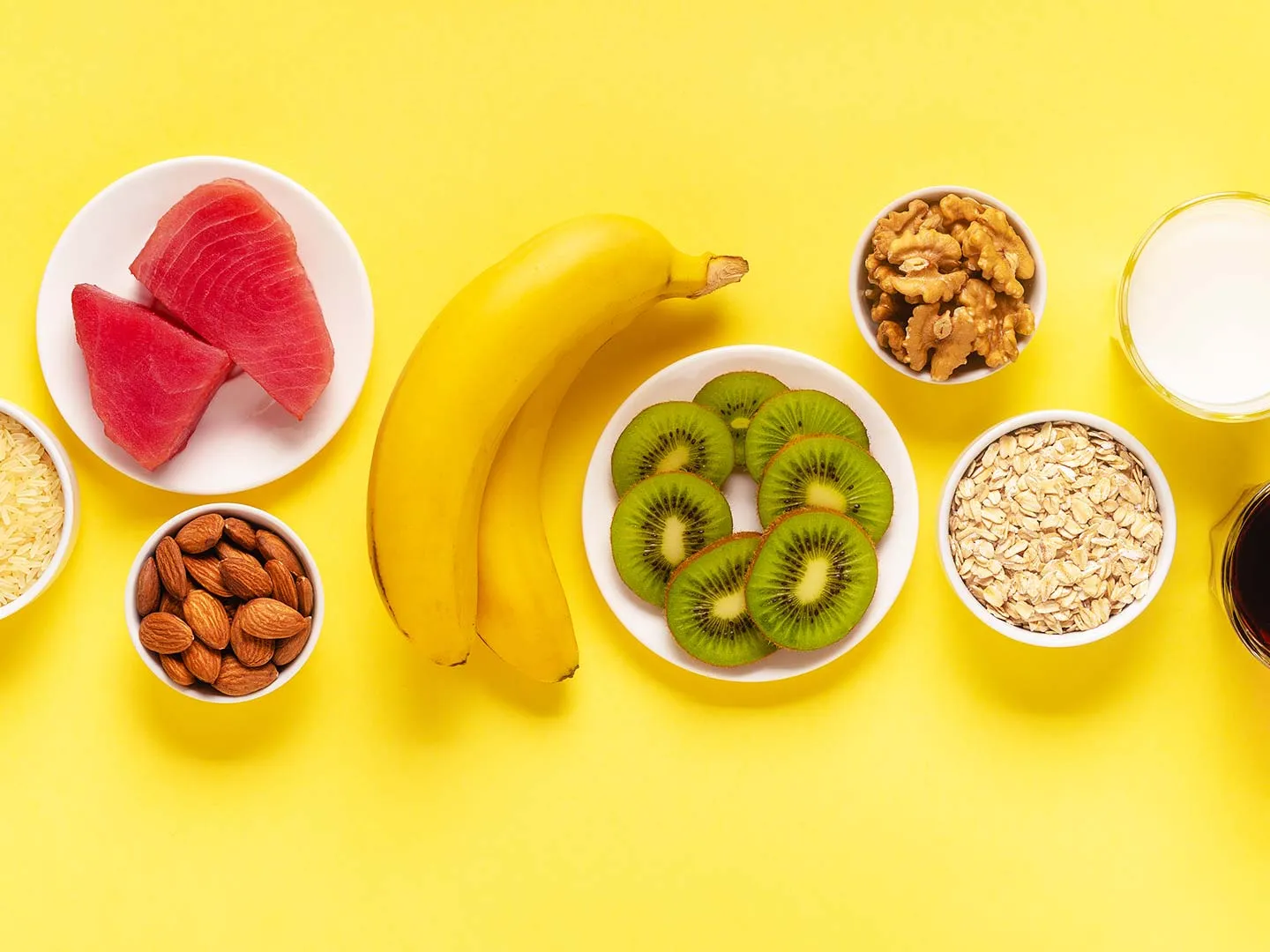Ale is a fermented malt beverage, full-bodied and a bit bitter. It has a strong flavor with an aroma of hops. Hops are small vine fruits that are added to make the ale. Ale was a word related to Old English. Ale is a popular English term that is now synonymous with beer. Traditionally, ale was made with gruit, brewed with yeast, water, malt, and herbs and spices which were available locally. Malt is a drink made from grain crops. Modern ale is usually brewed with water rich in calcium sulfate, made with top-fermented yeast, and processed at higher temperatures.
Ale is an essential source of nutrition in the medieval world. One of the three main sources in old England was pottage and bread. Small beer, also called table beer, which is highly nourished, contains enough alcohol to act as a preservative and provide hydration without intoxicating effects. Brewing ale in the Middle Ages was a local industry primarily persuaded by women. Brewsters or alewives would brew at home for both domestic and small-scale consumption.
Brewing ale
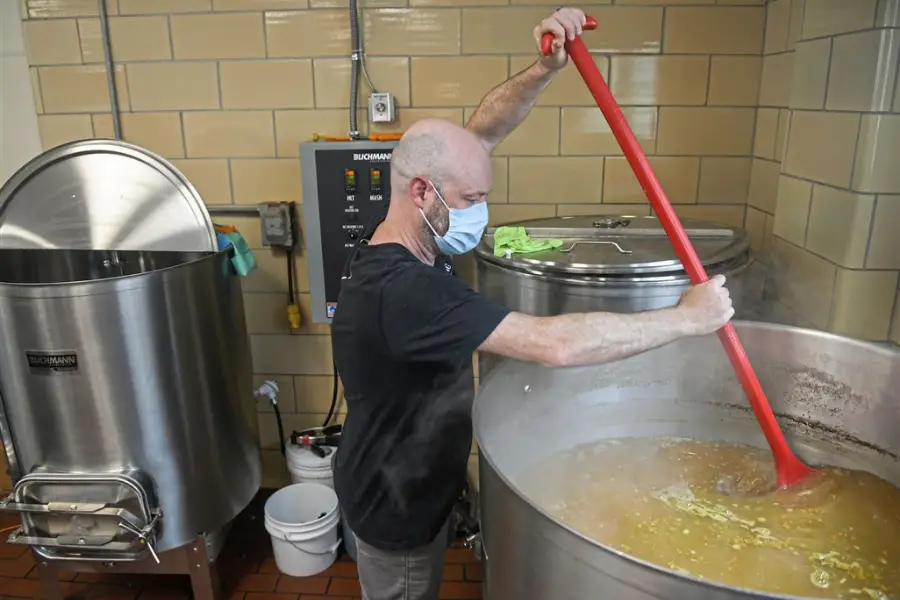
The taste of the drink depended on the number of spices and herbs. Hops was used as an herb to brew ale in Germany, later the same method was followed by the British people. The whiter the ale, the more colourless it was, the price went high. Types of ale in the middle ages-
Poset ale
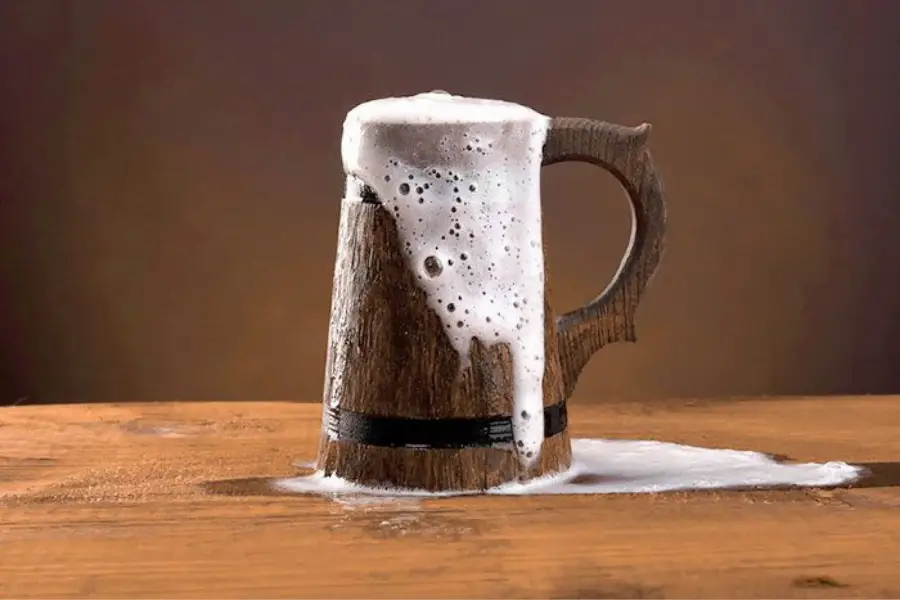
It was made from mixing the boggot; that is a form of drink which can be consumed by children. That was mixed with hot milk, honey and spices.
Ale is fermented at almost 60-75-degree Fahrenheit and for 15-24 degrees Celsius. The yeast in the ale produces a significant number of esters and other flavors. This warm fermentation method gives ale a sweet flavor. There a bittering agent is added to balance the malts flavor. Ale has slightly fruity compounds like apple, pears, cherry, banana, pineapple, etc. because of the malt.
The ale served during this era was served within 48/24 hours of making it. It was a rule to serve it like that.
11 Varieties of Ale The real beer to drink
Now as the words ale and beer have become synonymous, these varieties are called beer varieties as well.
1. Brown ale
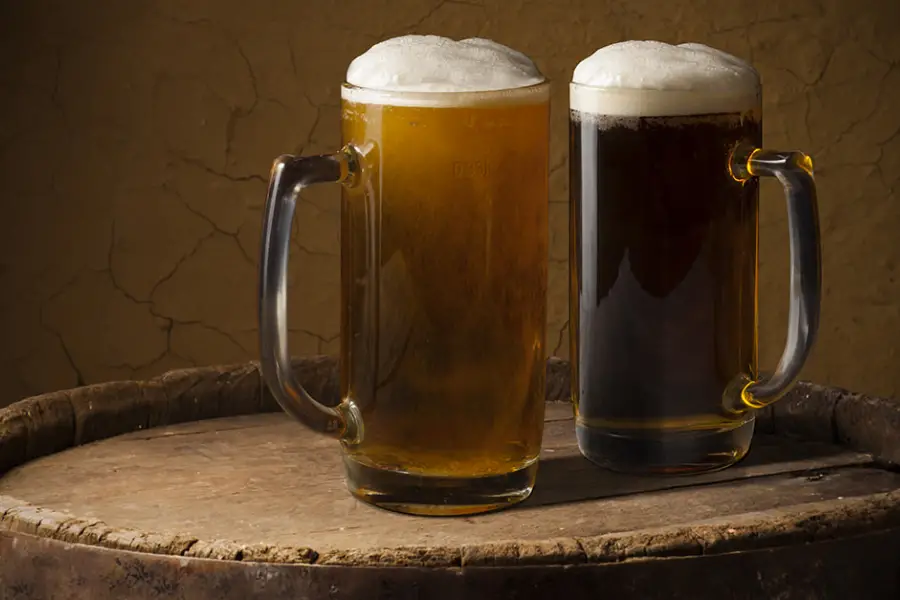
A style of beer that is dark amber in colour or brown. It is a kind of medieval ‘Mild Ale’. This ale is hopped and mildly nutty flavoured. It is sweet in taste.
2. Pale ale
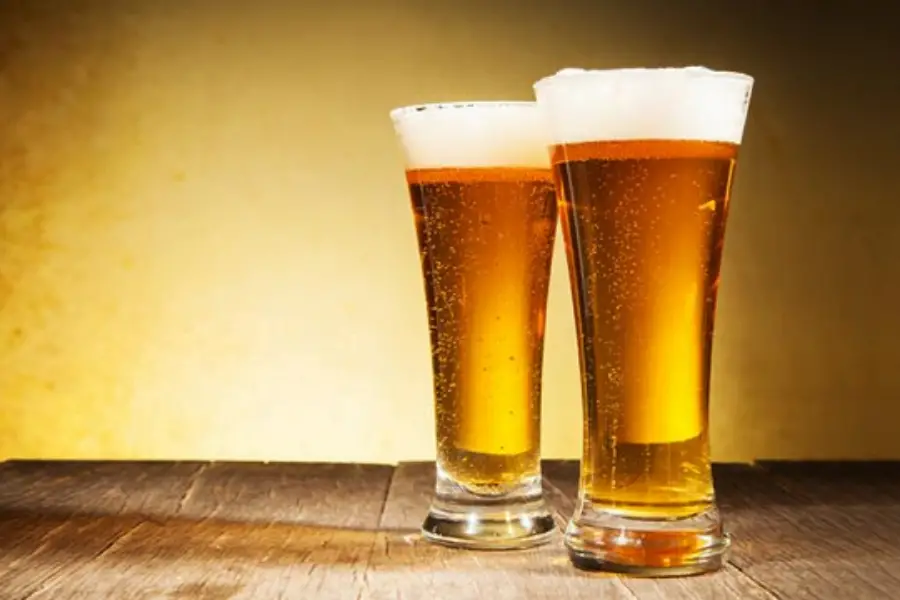
A term used for beers made from malt. Which are dried with coke. Coke was first used for roasting malt. It is believed that they used to term bitter to differentiate these pale ales from other less noticeably hopped beers.
3. Indian pale ale
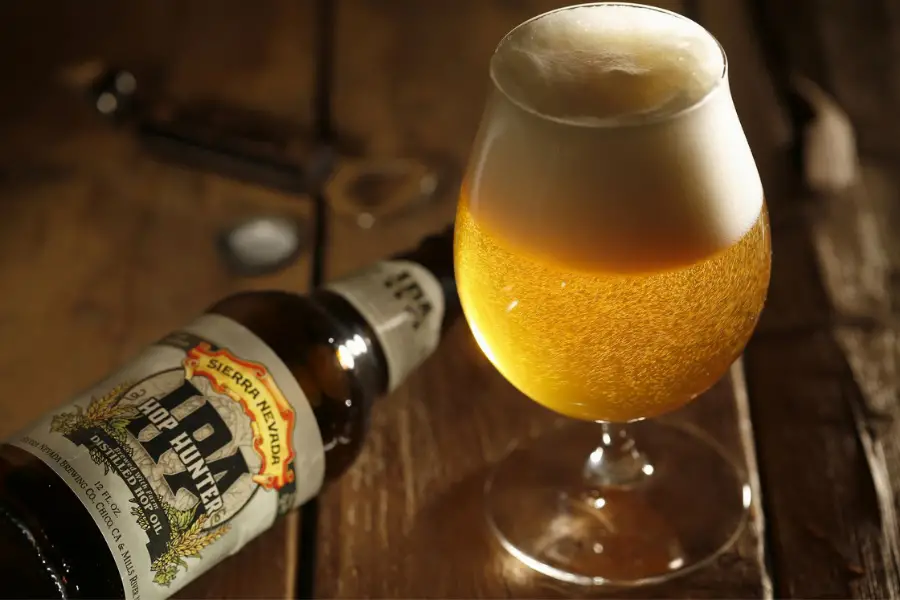
In the 19th century, England exported beer to India. The ale that was made in India had extra hops added to it to preserve it during the voyage. This was one of its kind, came to know as Indian pale ale.
4. Golden ale
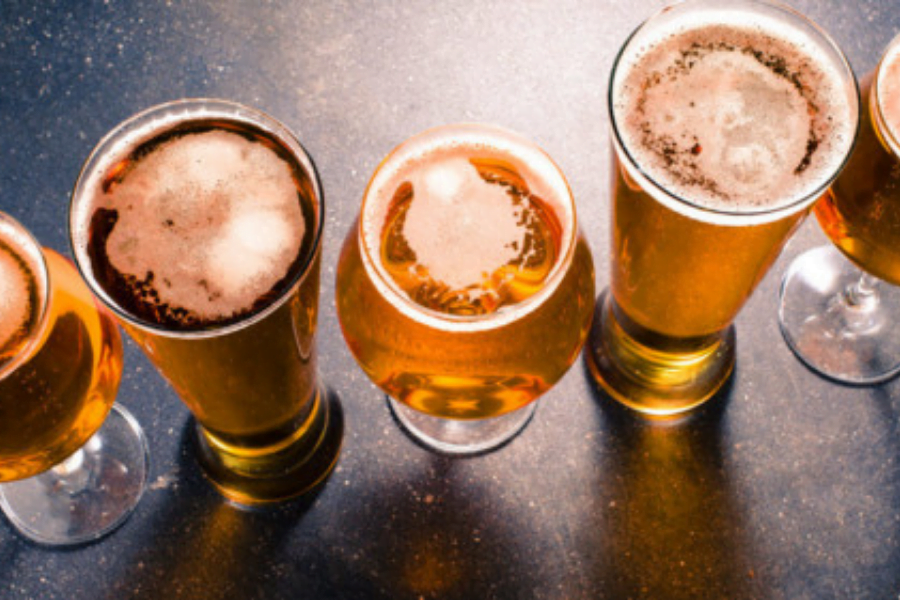
As the name suggests, this one is paler than the pale ale, brewed with lager and lower temperature ale malts, and it is served at colder temperatures.
5. Scotch ale
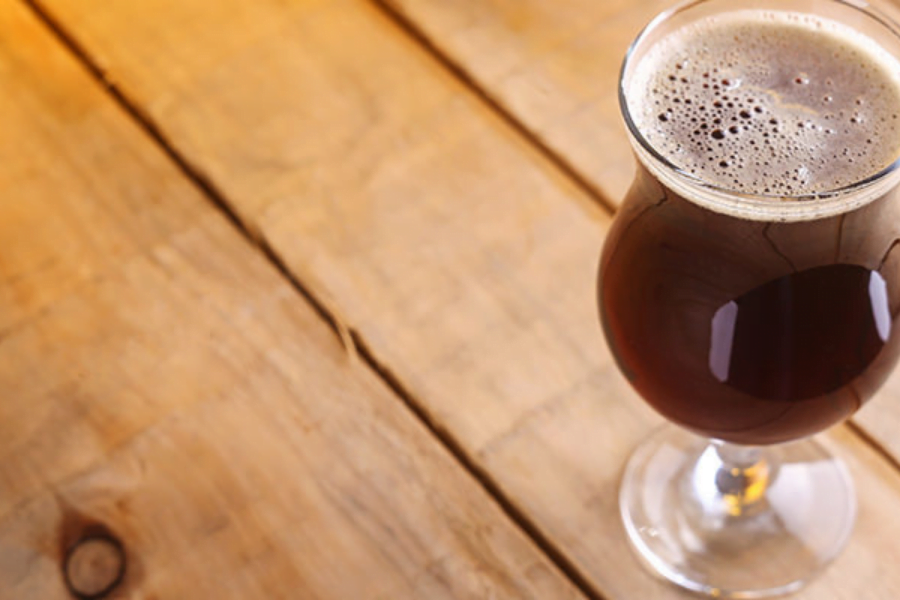
The term scoth ale is used worldwide to denote strong ale. It is mainly brewed in Scotland though. This ale is amber to dark red in colour. The malt is caramelised. It is sweeter, stronger, darker and less hoppy.
6. Barley ale
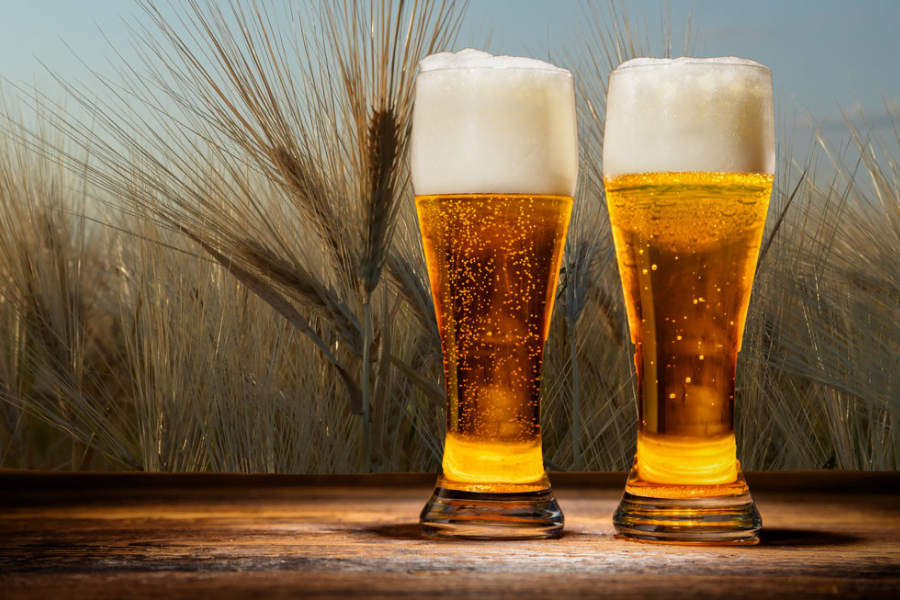
This is the longest stored one. Stored for long periods of time. It is sweet and tastes like pear fruit. It is dark in colour. The hop rate in this is higher, which produces bitterness and peppery, grassy and floral notes.
7. Mild ale
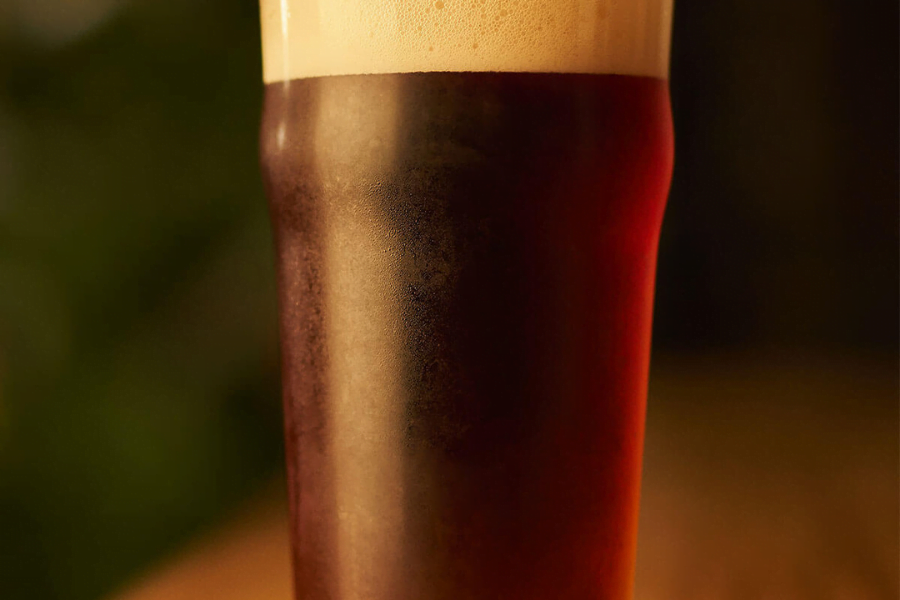
It is an unaged ale, it is neither strong nor pale, it is in between, dark brown in colour. The opposite of old ale.
8. Old ale
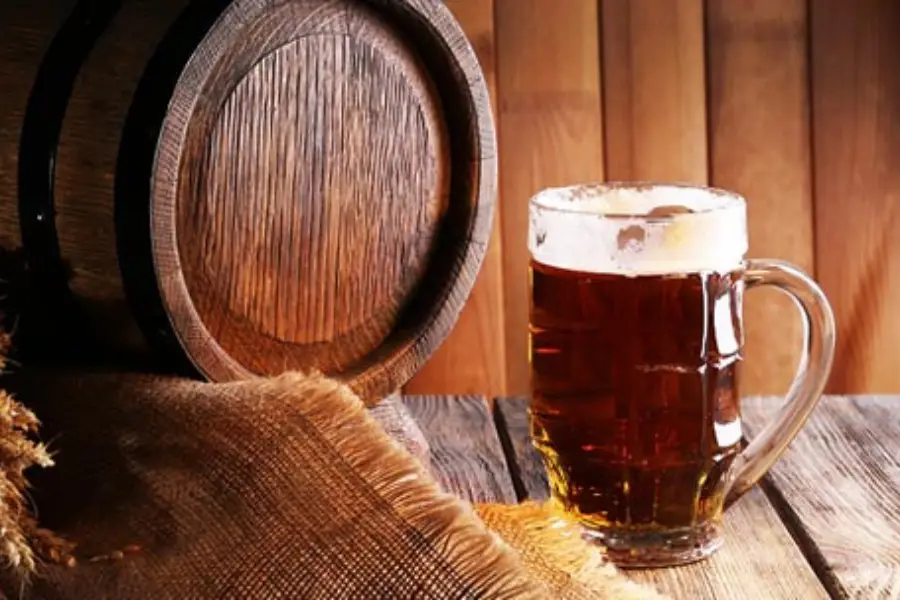
The traditional, strong beer. It has been on for about a year, gaining a sharp, acidic flavour. The term is now applicable to mild-strong dark beers.
9. Burton ale
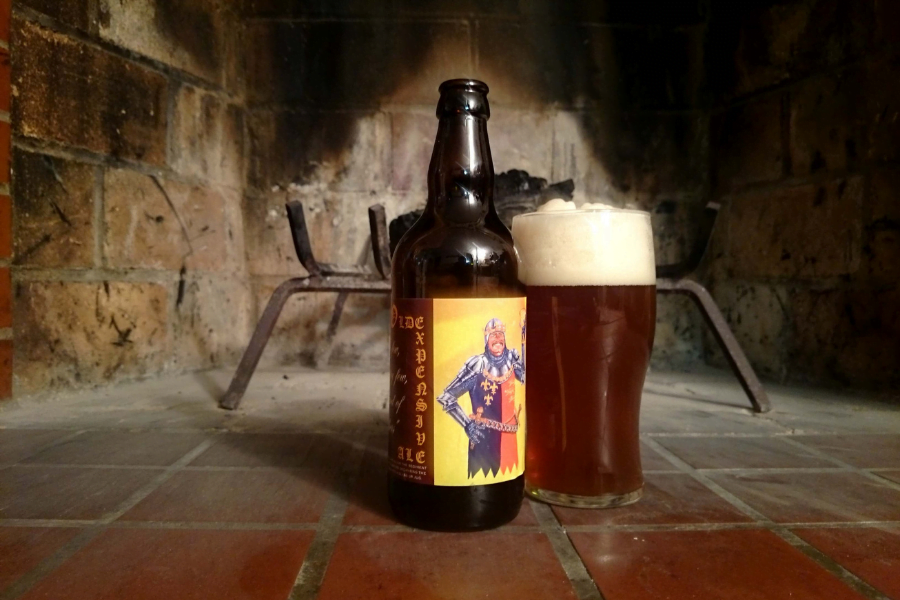
Strong, dark, somewhat sweet, sometimes used as a stock ale for blending with younger ale.
10. Belgian ale
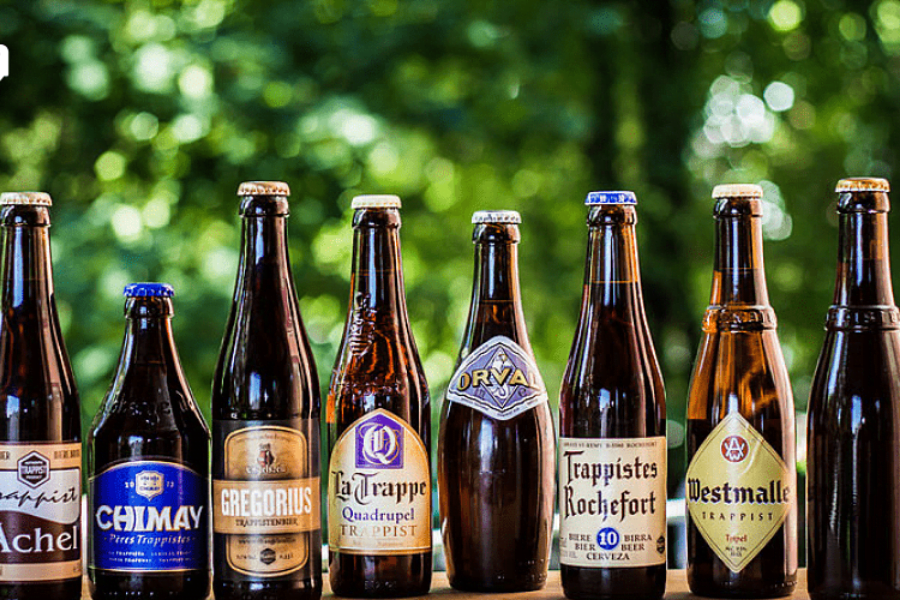
It is the wide variety of specialties of ales that eludes easy classification. All of the Belgian ales are high in alcoholic content, relatively light in body, due to the substitution of sucrose for grist. This is the most digestible beer.
11. Cask ale
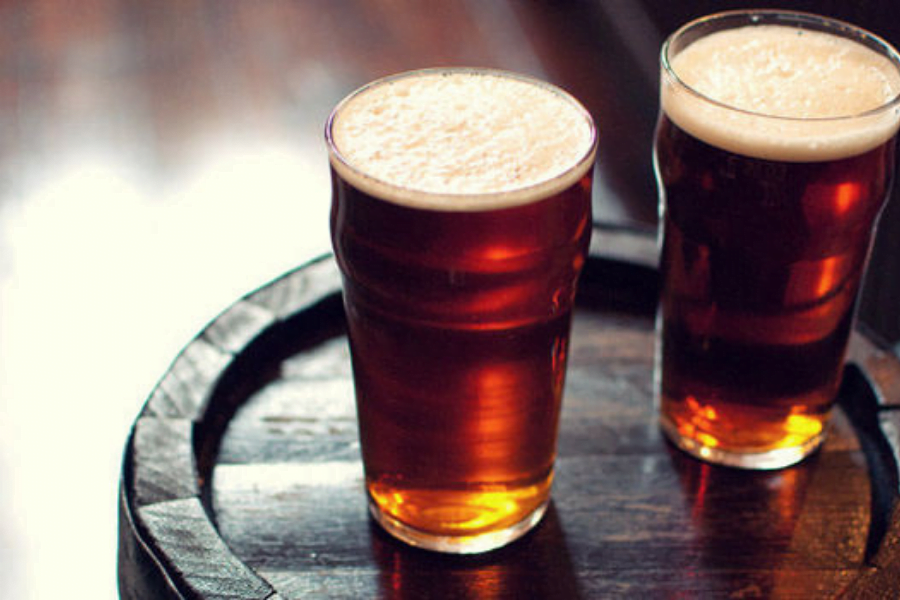
Cask ale is an unfiltered and unpasteurized beer that is served from a cask. There is no addition of nitrogen or carbon dioxide in this ale. It is referred to as the ‘Real ale’ of the U.K.
These are the varieties seen in ale in the UK. Nowadays, we all prefer beer over ale. But ale is the true essence of the country. Ale is healthier once it is brewed properly. The art of making ale has been there for many centuries. Hence, beer came. Though now the words are used synonymously, actually they are different from each other.
Read also – 14 Super Dishes To Boost Your Immunity
